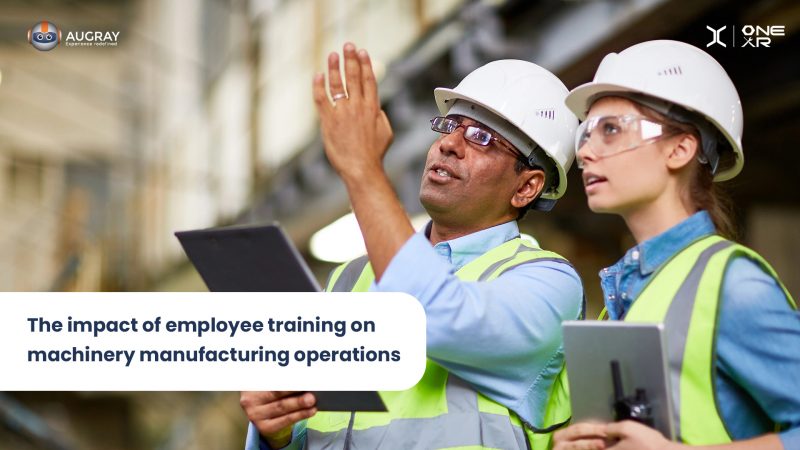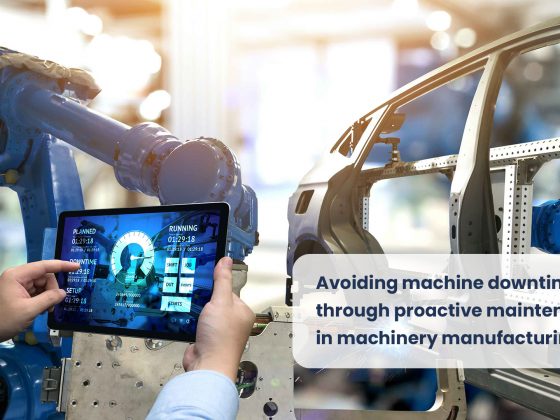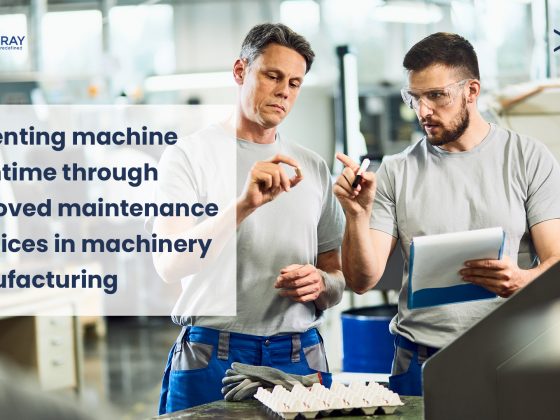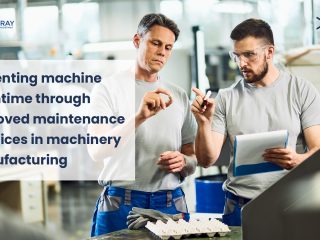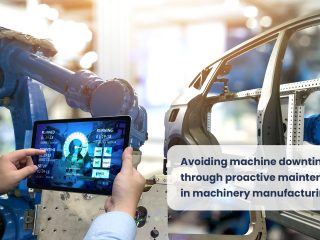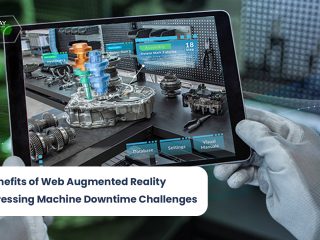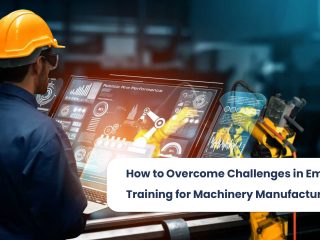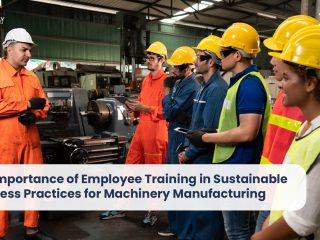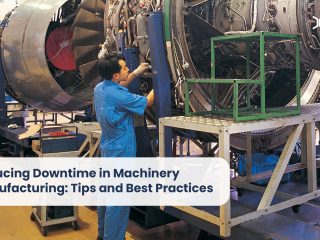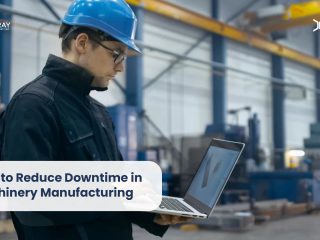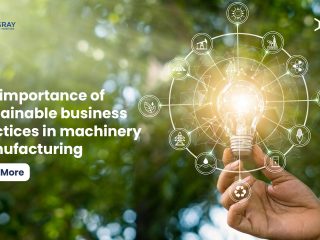Employee training plays a pivotal role in machinery manufacturing operations, ensuring that the workforce possesses the necessary skills and knowledge to operate complex machinery effectively and safely.
With the advent of extended reality (XR) technologies, such as virtual reality (VR) and augmented reality (AR), training programs have been revolutionized, providing immersive and interactive experiences for employees. This article explores the impact of employee training on machinery manufacturing operations through XR, highlighting examples and advantages of incorporating these technologies.
Examples of XR Training in Machinery Manufacturing:
Assembly Line Operations:
XR training can simulate assembly line scenarios, enabling employees to practice complex tasks without the need for physical machinery. For instance, automotive manufacturers employ VR simulations to train workers on intricate assembly processes, such as engine installation or electrical system integration. This allows employees to gain hands-on experience and familiarity with the machinery before they work on actual production lines.
Maintenance and Troubleshooting:
XR-based training is particularly valuable in training technicians for maintenance and troubleshooting procedures. By creating virtual replicas of machinery, employees can learn to identify and resolve issues in a safe and controlled environment. For instance, a power plant can use AR overlays to guide technicians through complex maintenance tasks, providing step-by-step instructions and highlighting critical components.
Safety Training:
Safety is a paramount concern in machinery manufacturing operations. XR training provides a risk-free environment for employees to learn and practice safety protocols. VR simulations can replicate hazardous scenarios, such as working with heavy machinery or handling dangerous substances, allowing employees to understand potential risks and adopt safe practices.
Advantages of XR Training in Machinery Manufacturing:
Enhanced Learning Experience:
XR training offers a highly immersive and interactive learning experience. Employees can engage with virtual machinery, interact with realistic controls, and receive real-time feedback. This hands-on approach promotes active learning, enabling employees to grasp complex concepts and procedures more effectively than traditional classroom or manual-based training.
Cost and Time Savings:
Traditional training methods often involve costly equipment setups and downtime for practical exercises. XR training significantly reduces these expenses and time requirements. Instead of using physical machinery or conducting on-site training, XR technologies create virtual environments that can be accessed anytime and anywhere, eliminating the need for travel and minimizing disruption to production schedules.
Risk Mitigation:
Operating heavy machinery involves inherent risks. XR training allows employees to practice in a controlled environment, reducing the chances of accidents or equipment damage during the learning process. By experiencing potentially hazardous scenarios virtually, employees can develop better situational awareness and learn appropriate responses, enhancing overall safety in the workplace.
Standardization and Consistency:
XR training ensures standardized procedures and consistent knowledge transfer across the workforce. Virtual simulations can be designed to follow best practices, industry regulations, and company-specific protocols. This helps avoid variations in training quality and ensures that all employees receive the same level of instruction and understanding.
Skill Development and Retention:
XR training facilitates skill development and retention by providing repetitive practice opportunities. Virtual scenarios can be repeated until employees achieve proficiency, allowing them to refine their skills and build muscle memory without the constraints of real-world limitations. This iterative process enhances learning outcomes and long-term skill retention.
Adaptability to Individual Learning Styles:
Not all employees learn in the same way. XR training can cater to individual learning styles by offering diverse training modules and customization options. For instance, employees can choose to learn at their own pace, access additional resources within the virtual environment, or receive personalized feedback and guidance. This adaptability enhances employee engagement and knowledge retention.
Remote Training and Collaboration:
XR technologies enable remote training and collaboration, overcoming geographical limitations. Virtual training modules can be accessed from different locations, allowing employees in various facilities or even different countries to receive the same training simultaneously. Remote collaboration features also facilitate knowledge sharing and problem-solving among teams dispersed across different sites.
Performance Assessment and Analytics:
XR training platforms can collect valuable data on employee performance, enabling comprehensive assessments and analytics. Metrics such as completion rates, time taken to complete tasks, and accuracy can be tracked, providing insights into individual progress and identifying areas that require further improvement. This data-driven approach empowers managers to make informed decisions about training effectiveness and optimize future programs.
There are many real-life examples of how XR is being used to improve employee training in machinery manufacturing operations. Here are a few:
- Siemens: Siemens is using XR to train its employees on how to operate its new wind turbines. The company has created a VR simulation that allows employees to walk through the turbine and learn about its different components.
- Boeing: Boeing is using XR to train its employees on how to assemble its new 787 Dreamliner aircraft. The company has created an AR app that allows employees to see digital instructions and annotations overlaid on real-world aircraft.
- General Electric: General Electric is using XR to train its employees on how to repair its jet engines. The company has created a VR simulation that allows employees to practice repairing jet engines in a safe and controlled environment.
These are just a few examples of how XR is being used to improve employee training in machinery manufacturing operations. As XR technology continues to develop, we can expect to see even more innovative and effective ways to use XR for training.
Conclusion
Employee training through XR technologies has a profound impact on machinery manufacturing operations. By offering immersive learning experiences, cost and time savings, risk mitigation, standardized procedures, skill development, adaptability to individual learning styles, remote collaboration, and performance assessment capabilities, XR training revolutionizes how employees acquire the necessary skills to operate and maintain complex machinery effectively.
As technology continues to advance, integrating XR into employee training programs will become increasingly essential for the success and competitiveness of machinery manufacturing operations.
